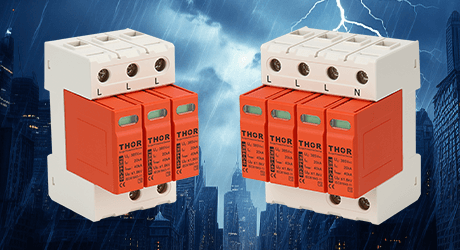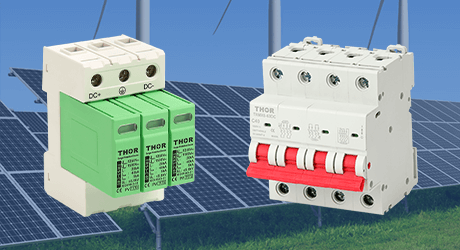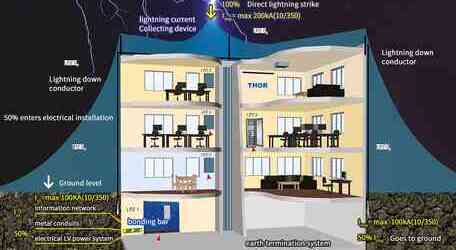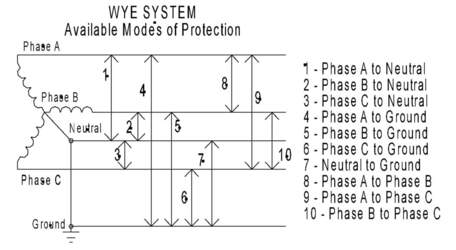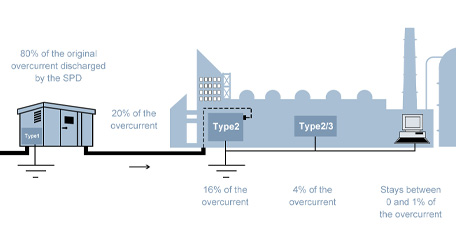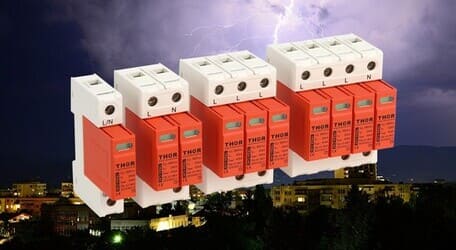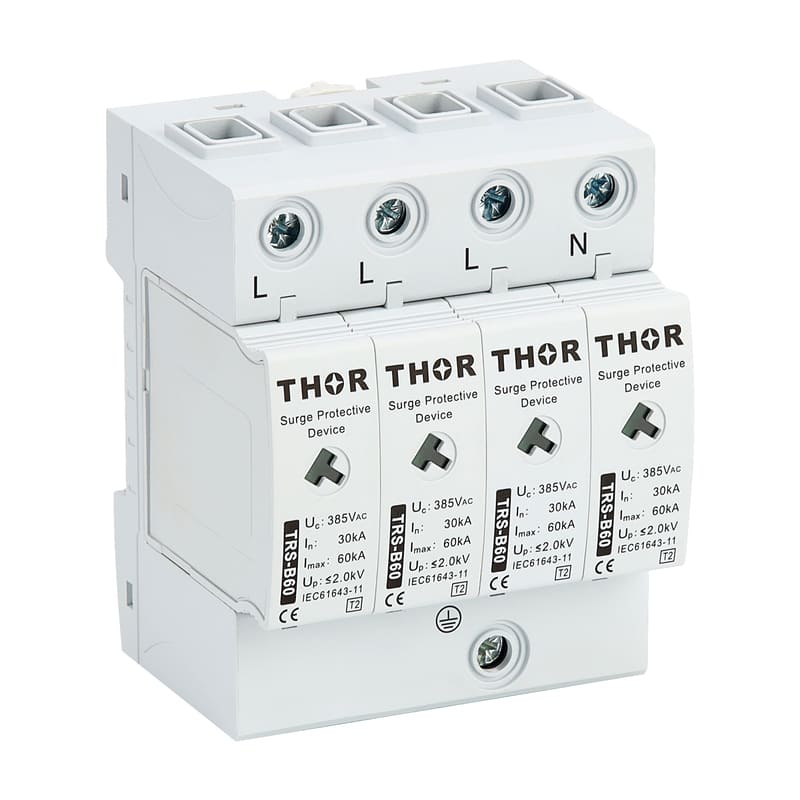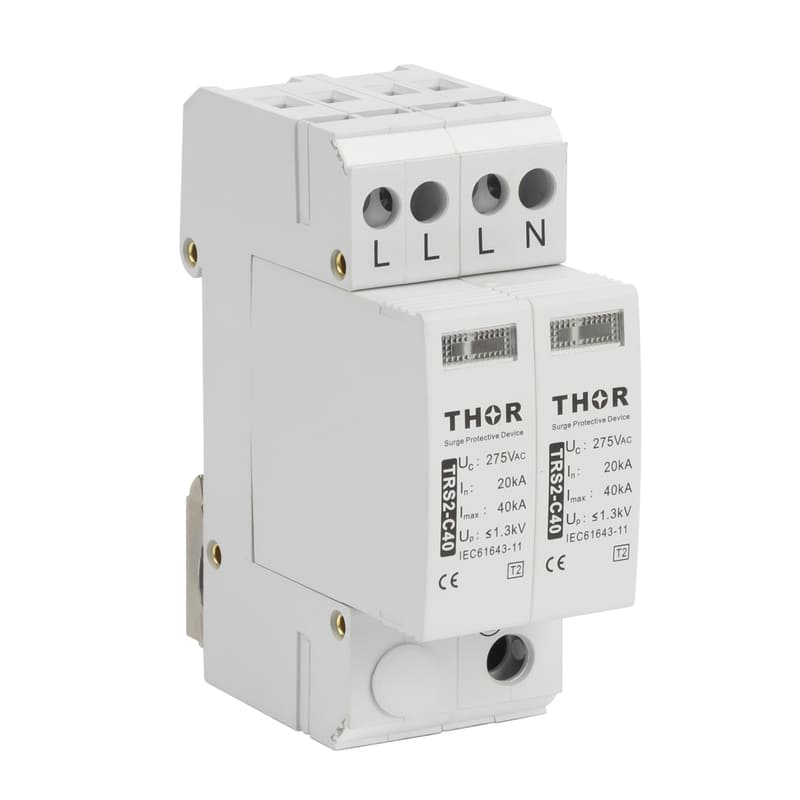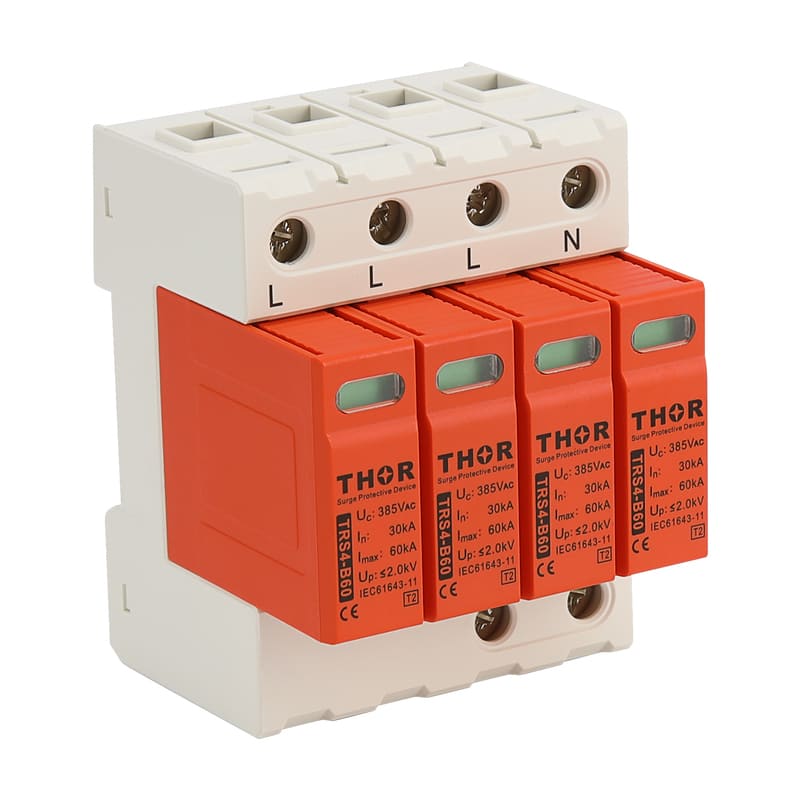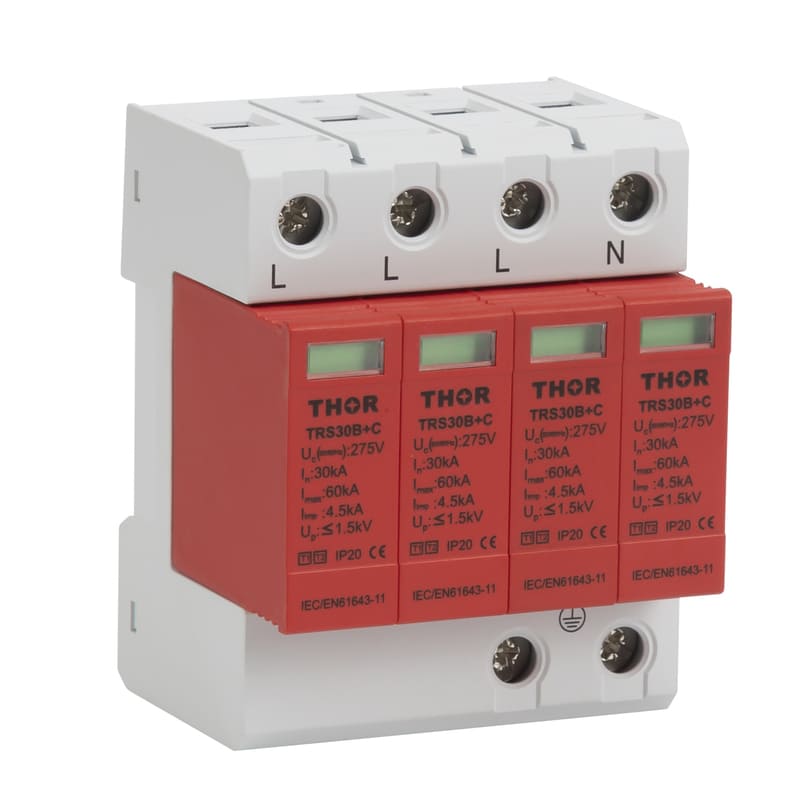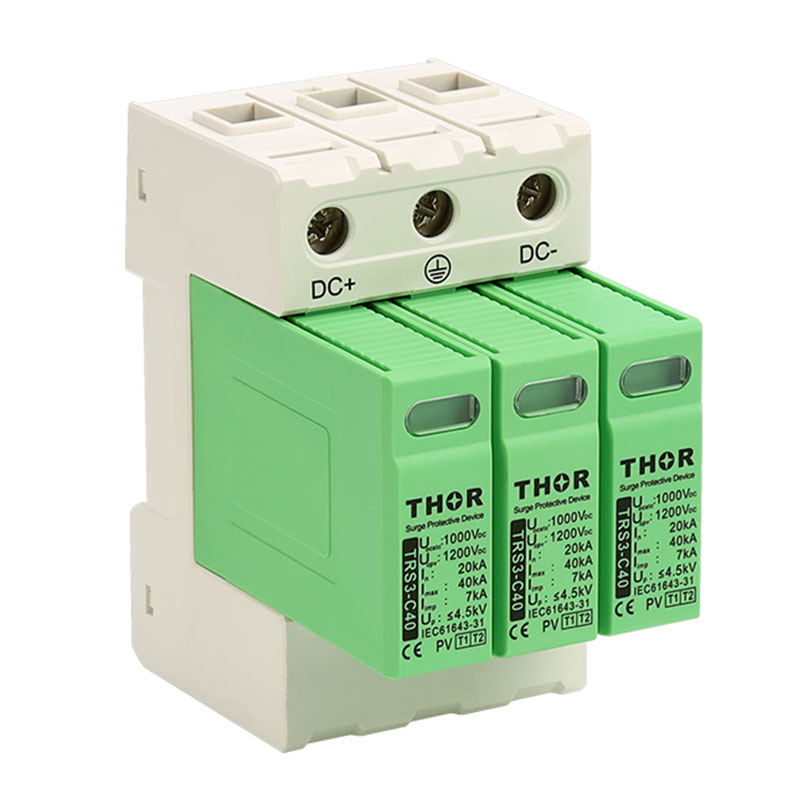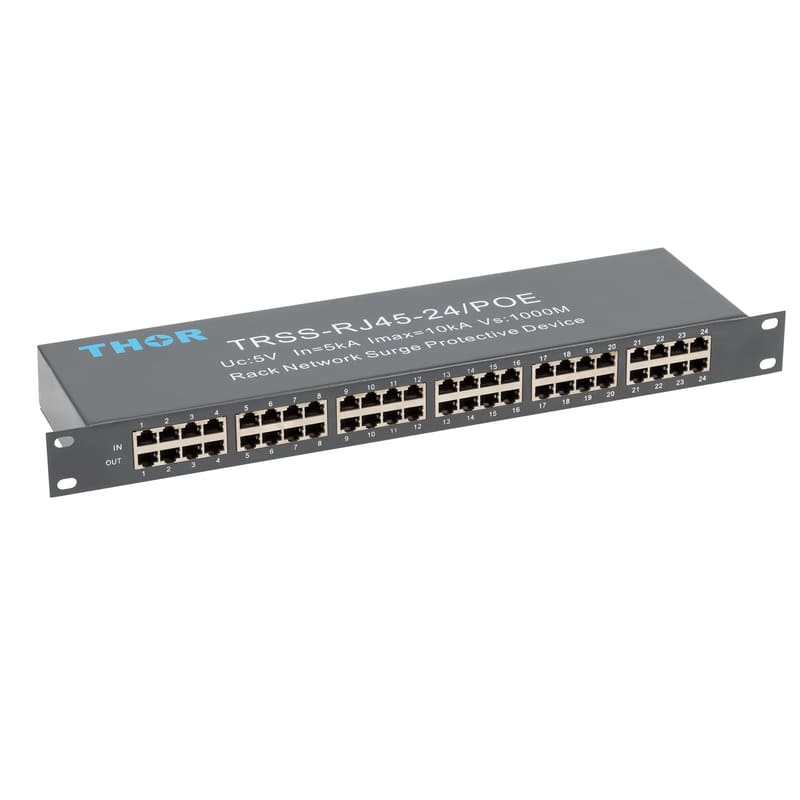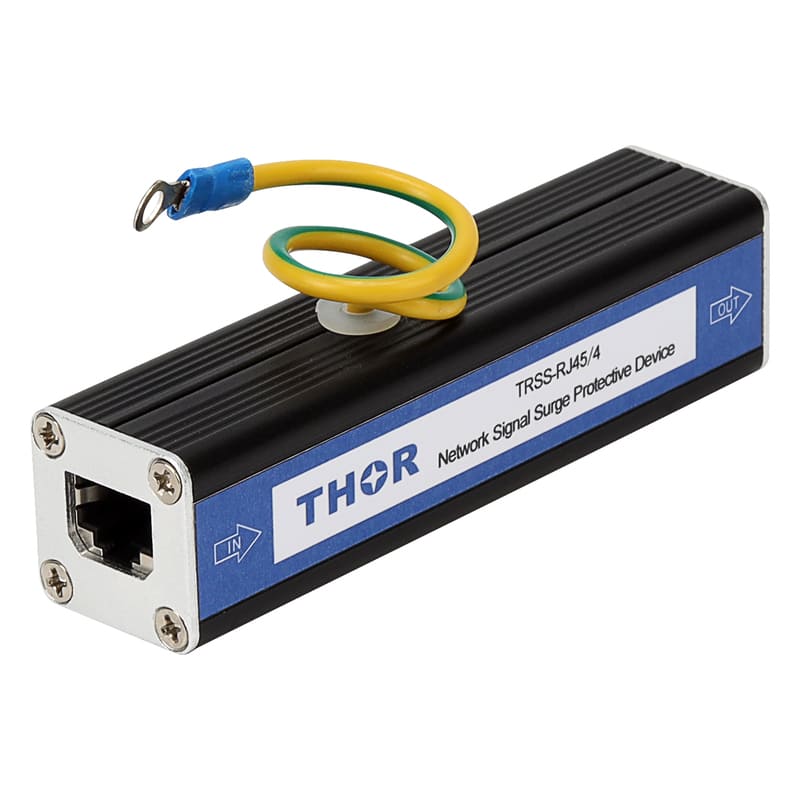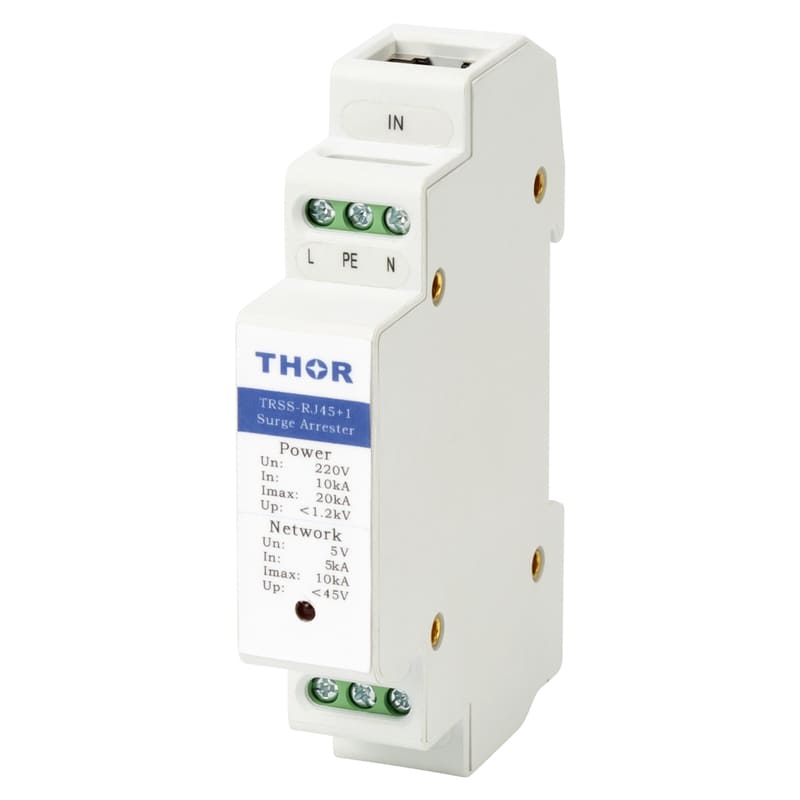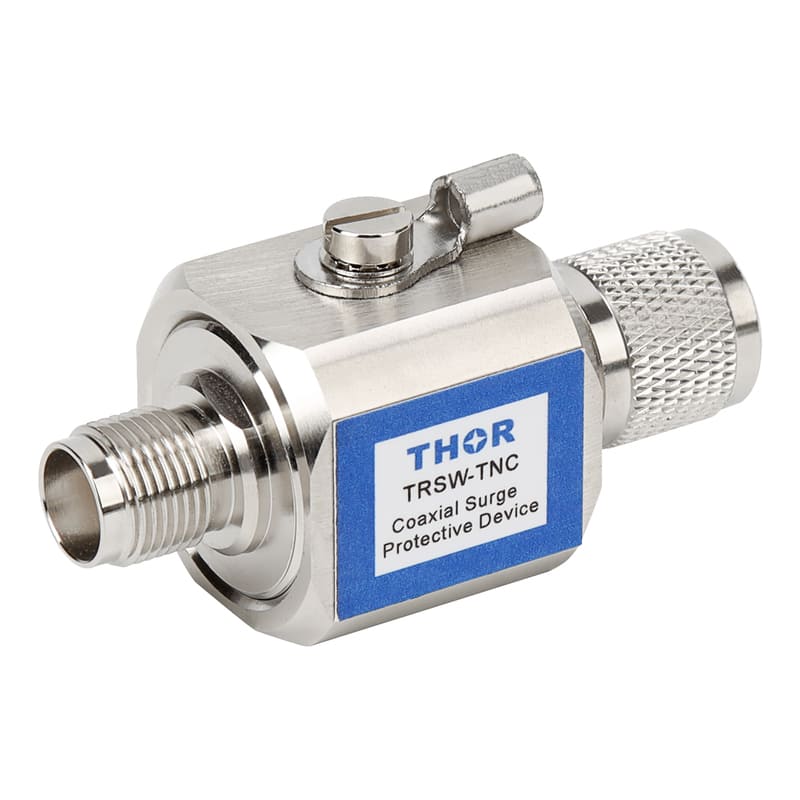Characteristics of Lightning Current
The destructive effect of lightning is closely related to the intensity, energy and waveform of lightning current. The size and waveform of each lightning current vary greatly, and the discharges of different types of lightning differ even more. Lightning current has the general characteristics of current, but high peak value, large steepness, and short duration are major characteristics of lightning current.
Negatively charged thunderstorm clouds discharge to the earth as negative lightning strikes, and positively charged thunderstorm clouds discharge to the earth as positive lightning strikes. Thunderstorm discharges to the earth are mostly negative lightning strikes, and the peak currents are mostly 10~50kA.
Usually, a lightning strike includes more than 3 to 4 discharge processes. Generally, the current of the first discharge (return strike) is the largest. The current of a positive lightning strike is larger than that of a negative lightning strike, and its current peak value is often above tens of thousand amperes.
According to the definition of IEC 62305, GB 50057 and other specifications, there are two types of waveforms for simulating lightning current, one is simulating direct lightning strike current waveform, and the other is simulating lightning induced current waveform. For example, the waveform of direct lightning strike current is 10/350μs, and the waveform of induced lightning strike current is 8/20μs.
As shown in the figure below, first make three straight lines parallel to the horizontal axis from 10%, 90% and 100% of the full scale of the vertical axis, and make a straight line with the two intersection points of the first two parallel lines and the head of the waveform curve. The third parallel line and the horizontal axis intersect at two points respectively, and the wave head time is represented by T₁. In order to define the wavelength time, draw a parallel line on the horizontal axis from the 50% scale on the vertical axis. The parallel line intersects with the wave tail, and the vertical line drawn downward from the intersection point intersects with the horizontal axis to obtain the wavelength time, which is represented by T₂. Since the wavelength time is also the time required for the waveform curve to decay to half-amplitude, it is also customarily called the half-amplitude time. After defining the wave head and wavelength time, the unipolar lightning current pulse waveform can be calculated as T₁/T₂, where T₁ and T₂ generally use µs as the unit. Lightning waveforms have important applications in engineering, such as lightning simulation in laboratories and engineering calculations.
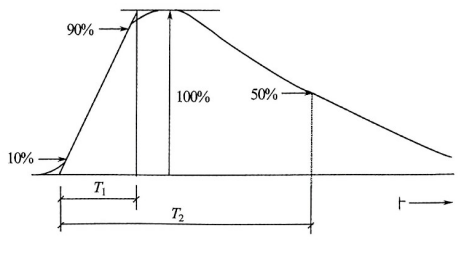
Representation method of lightning current waveform
We have a general understanding of the characteristics of lightning current. The prevention of lightning current is a problem that must be solved. At present, the most commonly used outdoor is to install lightning rods. In addition to the necessary lightning protection measures for buildings, indoor lightning prevention The power system will be equipped with surge protectors, and monitoring and network systems will be equipped with signal lightning protection and other measures to prevent it. In the past 18 years in the field of lightning protection, Thor Lightning has provided customers with high-quality lightning protection solutions and services. Our team will be your most reliable partner!


